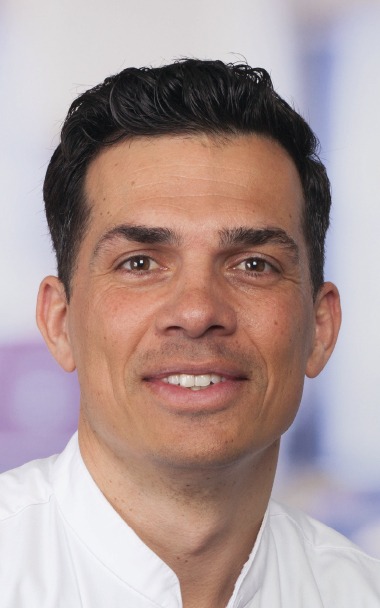What is the main idea of DVA?
An estimated 25% of patients with chronic limb threatening ischemia (CLTI) present with small artery disease (SAD) related to diabetes and chronic kidney disease (CKD). [1] In its extreme form, there is a complete failure of the below the ankle distribution system which leaves these patients without a distal target artery to perform an endovascular or surgical revascularization on. Without treatment and when all standard conservative treatment options have been exhausted, these ‘no-option’ CLTI patients demonstrate a very poor amputation free survival (AFS), limb salvage and survival rate after 1 year. The concept of deep vein arterialization (DVA) is that disease-free veins of the foot are used to deliver arterial blood to the ischemic tissue. The exact mechanism of action is not clear yet, but we know that this does not happen instantaneously. In most cases, 6-8 weeks post DVA creation the circuit has matured and becomes functioning. Angiography often shows a new vascular bed, a new distribution system of the foot with and anastomoses to native arteries promoting wound healing and relieving rest pain.
Definitions of the procedural steps of percutaneous DVA
Different methods are used to perform DVA but in each method there are three important steps. First, the creation of an arterio-venous (AV) fistula. This can be done with ‘off-the-shelf’ re-entry devices such as the Outback (Cordis, Miami Lakes, Fl, USA), Pioneer (Philips, San Diego, CA, USA) or Be-back (Bentley, Hechingen, Germany) catheter or techniques involving snares (venous arterialization simplified technique; VAST) or double punctures (AV spear). All these techniques have been published and the specific details have been described. [2-5] The second step is to lyse venous valves, so that flow reversal is possible. This can be done with simple balloon or cutting balloon angioplasty or a valvulotome. The third step is to prevent shunting of arterial blood through the AV fistula and other (interconnecting) veins. I like to use the LimFlow system (LimFlow SA, Paris, France) to perform DVA with. [6] In Europe, the system contains an ultrasound emitting arterial probe with a puncture needle and a receiving venous probe to facilitate the AV crossing. In the US, these have been replaced by an arterial catheter with a puncture needle and venous snare/cage catheter which make it easier to cross and significantly reduce procedural time. Furthermore, the system contains a 4 french push valvulotome, a dedicated tapered crossing stent graft and long non-tapered stent grafts. With the valvulotome, it is possible to effectively lyse valves all the way until the level of the venous arch without causing barotrauma. The grafts ensure straight in line flow to the foot while preventing steal by sealing of all connections to the parallel vein and preventing immediate backflow at the crossing point.
Common procedural challenges and strategies for how to overcome them
A pDVA procedure can be straight forward or extremely challenging with procedural time varying between 1 to 5 hours. However, despite this wide variation, the technical success rates are high. In fact, the PROMISE II trial in which the LimFlow system is used, reports a technical success rate of no less than 99% [7]. Whichever method is used, it is important to have the right arsenal of sheaths, wires, catheters, balloons, and stents available. When available, unforeseen situations and complications can be managed effectively. If not, a pDVA procedure can become very complicated, take a long time and possibly fail. There are some pre-procedural preparation steps and simple tips and tricks to overcome procedural challenges during each step of the procedure. I will address these in my presentation in the ‘Deep Vein Arterialization session’ on Wednesday the 13th of September.

